Villains
Not a whole lot of people in Blazblue are absolutely in the
right, with the exception of Bang. Ragna
hates the NOL, but they’re not all evil.
Hakumen wanted to destroy Ragna, but only because there was a
possibility Ragna might destroy the world.
Everyone has their own goals and ideals, and that is a driving force of
many fights. However, the following
characters are quite clearly not in the right at all.
The most ineffectual villain in Blazblue is a black morphic mass
of bugs called Arakune. He’s another
neutral evil villain that wanders the underground areas of Kagutsuchi (he’s
probably photosensitive) and indiscriminately eats anything living he comes
across, especially Ragna with his Azure Grimoire. He doesn’t help the main villains and is more
of an environmental hazard, kind of like how I assume you have to watch out for
angry killer crocs in Australia . He does have a bounty on his head though, so
the NOL definitely wants to get rid of him.
He wasn’t always an ugly abomination against nature
though. Arakune used to be a scientist
in Sector Seven named Lotte Carmine.
Carmine studied the boundary, but at some point got too close to it. Being a mere human, the boundary slowly
warped him into the blob he is now, and many characters state that there’s no
saving him now. He can’t even speak
coherently anymore except for a couple of brief moments. Instead his dialogue is constantly cut off
like a radio that keeps losing its signal (you can take the blanks out of his
text in the options of the second game).
 |
| Believe it or not, those spaces are actually acted out. |
Arakune is a mindless monster. Strong, but with a single-track mind. The real
villains of Blazblue have plans.
The first game’s final boss is Nu-13, the 13th
Murakumo Unit programmed to guard the NOL’s cauldron behind the underground
Sheol Gate.*
Nu attacks everyone who comes near the cauldron due to her
programming, with the exception of Noel, who she attacks because Murakumo units
are programmed to make sure there’s only one in existence at a time through
elimination (don’t ask me why).
For Ragna, however, Nu has another plan. She has her own Azure Grimoire from a
different Black Beast Sector Seven once made, and she believes that, out of love,
it is her destiny to fall into the cauldron with Ragna and fuse their grimoires
with the cauldron’s power to become the Black Beast and pass through the
boundary into the past to cause the original disaster in a stable time loop.*
That she “loves” Ragna I believe is because they have a
“life link.” It’s only briefly touched
upon in both games, but Murakumo units are somehow able to link their lives
with another person so that neither can die as long as the other lives. I’m pretty sure it’s why Nu returns in
Chronophantasma. How in the hell Ragna
established a life link or how you even do so is never explained.
In every timeline Takamagahara observes before the end of
the first game, Nu falls into the cauldron with Ragna, triggering the
calamity. In the game’s true ending, she fails when Noel saves
Ragna from falling in. Takamagahara prefers
that outcome, and thus the Continuum Shift happens. In the sequel, Kokonoe puts Nu’s core, the
Idea Engine, into one of the earlier units, Lambda-11, and wipes her memory to
make her an obedient servant.
The reason Noel was there to save Ragna in that timeline was
because she was given a special assignment to find the missing Jin Kisaragi,
and through the manipulation of events, she was led to be in the right place at
the right time to save Ragna from falling into the cauldron with Nu. It’s (probably) all thanks to the person who
gave her the assignment in the first place, the NOL’s Captain of the
intelligence department, Hazama.
Hazama is a very brilliant, but timid character. He’s not much of a fighter, but his
information on practically everyone in Kagutsuchi makes him useful, and he uses
that information to help. He has a
personality kind of like a cryptic old wise man, not unlike Jubei, and he gets
himself on friendly terms with the rest of the cast over the course of the
game. He's only a villain by technicality.
Just kidding.
Actually, Hazama is really Yuuki Terumi. Terumi is a ghost that was trapped in the
boundary alongside Hakumen, but was freed by Takamagahara in a last-ditch
effort to stop the time loop.* Also like
Hakumen, the body he’s using isn’t exactly his real one. It’s an artificial one made just for
him. The closest thing he has to a real
body is his spirit form, which can travel between timelines and dimensions.*
Terumi can be considered the
villain of Blazblue. Before he even put
his evil plan in the second game into motion, he is a driving force in the
plot. He’s the one who did something to
Nine before she disappeared, he’s the one who possessed Jin to make him burn
down his home and cut off Ragna’s arm, and he’s even the one who created the Black Beast and the Azure Grimoire!
To clarify, the Black Beast wasn’t made from Ragna and Nu
fusing, it was a cauldron experiment of Terumi’s that went awry and he had to
go into the past to fix as one of the six heroes.* What’s more, the Azure Grimoire Ragna and Nu
have are fakes, or replicas. Terumi has
the real, original one, and it has the power to nullify theirs!
The reason he was doing such experiments in the first place
was in order to find a way to destroy the Amaterasu unit, which is essentially
a god that lies somewhere in the endless void of the boundary.* With it gone, the very fabric of reality
would be destroyed.* Coincidentally,
Takamagahara wants the Amaterasu unit gone as well, believing that with it
gone, the world will lie in a state of dormant existence within the boundary in
which humanity won’t be able to hurt itself.*
At some point, Terumi figured out a way to get rid of
Amaterasu through Noel, or rather, Mu-12.
Mu was apparently somehow selected as the “Eye of the Azure”, which
allows her to inherit the unlimited power of the boundary without overloading and allows her to navigate through it so
that she can locate and destroy Amaterasu.*
Once he got rid of Bolverk to get to Noel’s original
programming, Terumi put her in his own cauldron (fueled by the souls of all the
local NOL officers, mysteriously missing in the first game) and gave her the
power she needed to awaken as the “sword of the god slayer, Kusanagi!”
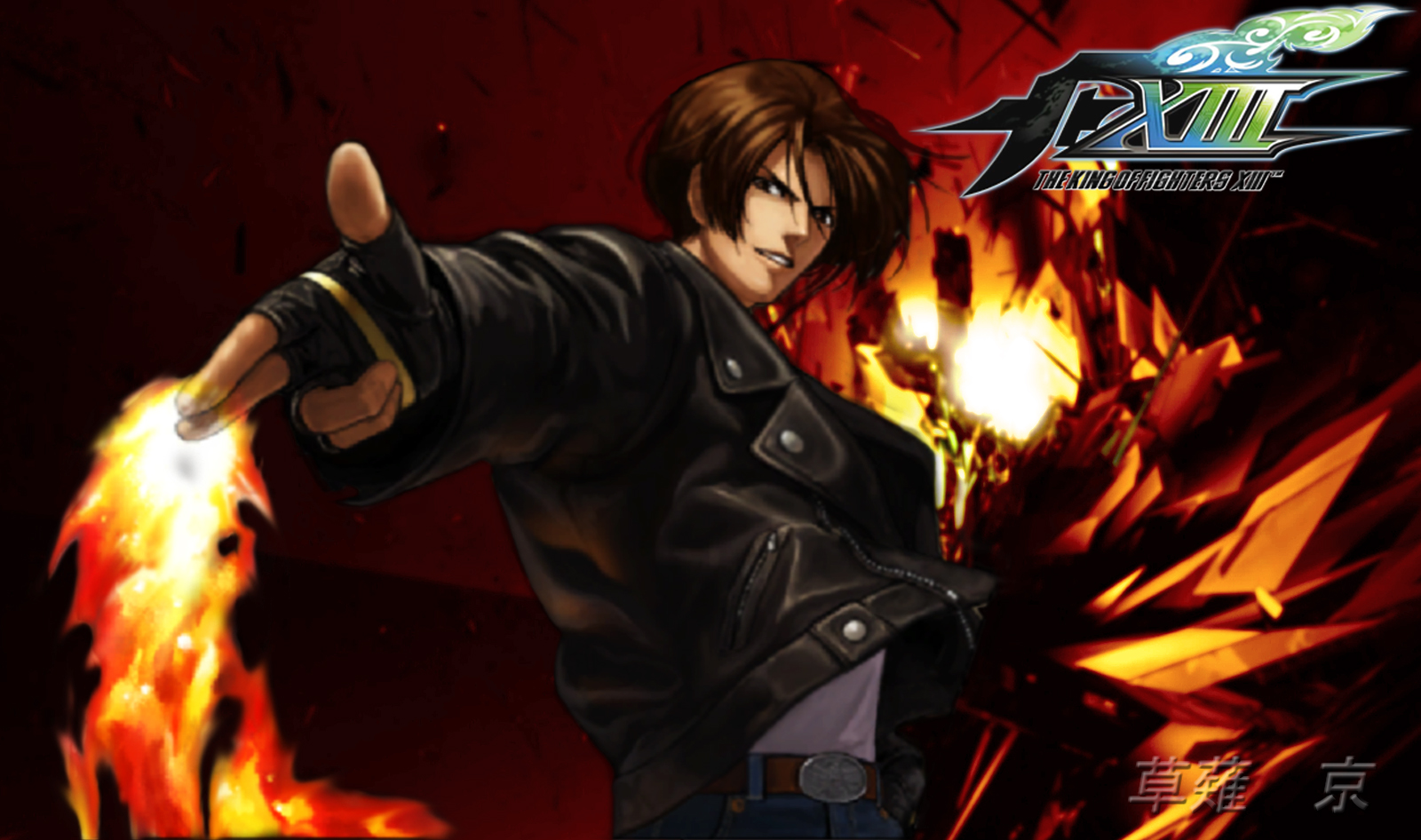 |
| Damn I wish. |
This all might make Terumi out to sound like some sort of
genius, and I suppose he is, but he hardly acts like calm, intelligent geniuses
you might expect. Quite the opposite, in
fact.
Terumi is despicable.
He is sociopathic, has absolutely no empathy and uses what he knows to
mentally destroy, taunt and demean others.
He has a lot of fun, but he’s not like the Joker, who thinks what
he does is all a big joke. Terumi thinks being an evil asshole is hilarious.
To be fair, the joy he gets out of it all can be infectious, thanks in
part to a great performance by Doug Erholtz.
An excellent example of how much of a manipulative bastard
he is comes from how he gets Tsubaki, one of Noel’s closest friends, on his
side. Tsubaki is a prestige member of the
NOL and comes from one of 12 noble families called the Duodecim. She follows the NOL’s orders without
question, believing in the order they provide, but when Hazama gives her the
order to kill Noel, her best friend, and Jin, her childhood friend, she
hesitates and questions taking such drastic measures against two of the NOL’s
best.
Because only Rachel, Ragna, and Terumi’s allies know who
Hazama really is at that point, he’s able to abuse his position of power.
Taking advantage of the visions Tsubaki gets from her special
weapon, the Izayoi, of a timeline in which Noel doesn’t exist and Tsubaki (as
well as Jin) is happier, Hazama tells her that what she sees is the real world,
and that Noel was never supposed to exist in their timeline in the first place. He plays up her family’s pride and convinces
her that it was the right thing to do by insisting that Noel has only made
everything worse and was the reason in the first place Jin went after Ragna and
deserted the NOL.
Then when she walks away, he delivers this little line to
himself:
“Heh ha ha ha ha ha ha ha!
Oh man, the look on her face!
Well, this might be the first time you impress me, First Lieutenant
Garbage.
Oh shoot, I forgot to tell her. Jin Kisaragi finds out about Ragna the
Bloodedge anyway, and First Lieutenant Tsubaki… Well…
She dies!
Aaaaahahahahahaha! Ah well, no
big deal, I suppose. I didn’t lie to
her, after all.”
He loves going on long speeches like that.
He pretty much has made everyone hate him. Ragna hates him for cutting his arm off,
Kokonoe hates him for betraying her mother, Rachel and Hakumen hate him for
being such a huge threat, and he eventually pisses everybody off at one point
or another.
 |
| I wonder why the text boxes don't just translate his laughter as "Trololololol!" |
I think part of the reason he does this is because it’s
hinted that he has had to live through all the time loops from the first game
and he retained his memory of them just like Rachel does, meaning he’s had to
live through the same thing over and over (hinted to be over 400 times) to the point he got
sick of it and decided he doesn’t care what happens to anyone or the world.*
Another contributing factor may be that he needs people to
pay attention to him. It’s somewhat
vaguely stated that Terumi becomes more anchored in his current timeline and
more powerful when people originating from the timeline (i.e. not Hakumen and
Rachel) acknowledge his existence, and it’s pretty hard to ignore him when he’s
such a friggin’ troll.*
His fighting style is even frustrating to his opponent when
used well. His weapon is Ouroboros snake
chains that can grab on to thin air and his opponent. That means he can erratically fling himself
all around the stage like Spider Man before even trying to strike, at which
point he can deal some really heavy combos utilizing a pair of knives he keeps
in his jacket and the snake chains to toss his opponents around.
But Terumi couldn’t do everything on his own. Unknown to some characters, much of his
success can be attributed to his masked partner Relius Clover.
Relius is obsessed with the secrets of the world. He is blinded with the pursuit of knowledge
and considers anything that can be observed a test subject, living or not. He objectifies everything in the worst way,
but doesn’t get entertainment out of suffering like Terumi does.
He’s called the “Mad Puppeteer”, and rightfully so. Relius is a technical genius. He works in the NOL’s experimental R & D
department now, but he used to work for Sector Seven, where he created the
Murakumo units and the two Nox Nyctores Nirvana and Ignis.
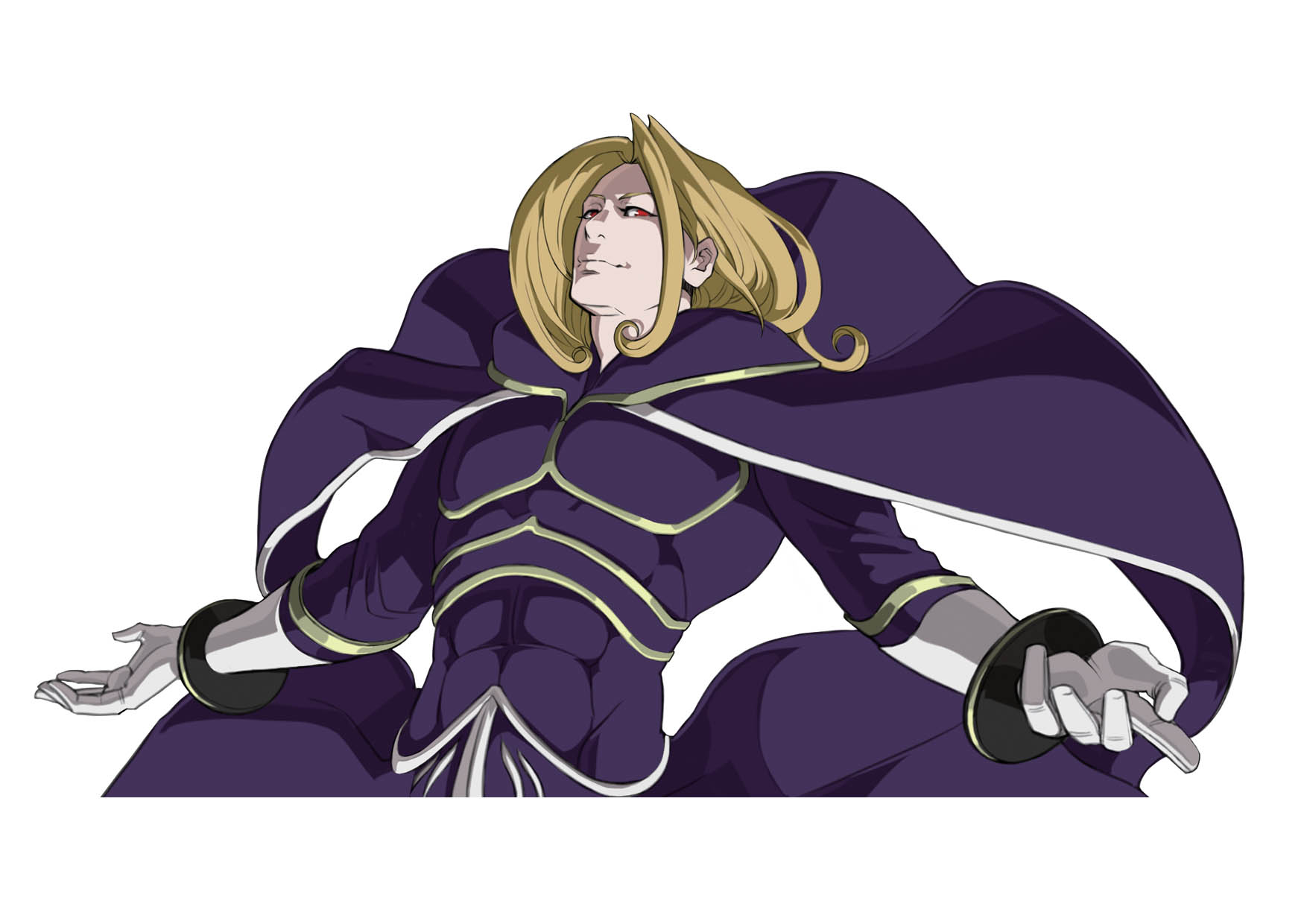 |
| Nnnnnooooooooooooooooooooooooooooooo! |
In order to make those Nox Nyctores even better though, he
had to sacrifice his daughter and wife, respectively. He gave Nirvana to his son, side character
Carl Clover, just so he could see what would happen as Nirvana slowly
suppresses his emotions, kind of like Bolverk.
Poor little Carl doesn’t even know it’s doing that to
him. He treats Nirvana like his own
sister and always calls her “Eva”, her real name, while everyone who knows it
calls it Nirvana and keeps telling him to stop using it (it doesn’t help that
only he can talk to her). But he loves
his sister far too much for that, and he hates his dad like you wouldn’t believe. Hell, Relius doesn’t even refer to Carl by
name if you make them fight. He refers
to him as “the boy.”
Lastly there’s phantom.
There’s not much to say about Relius and Terumi’s mysterious magic-using
support. All he’s really done in the
story is warp time and space, making areas where Takamagahara can’t see and
teleporting other characters. It’s very
strongly hinted that it’s really Nine, and judging by its hat, (s)he probably
is.
The Other Guys
Really I’ve gone over the majority of Blazblue’s cast
already, which is rather impressive for a fighting game because that means the
majority of them are plot relevant. Not
like King of Fighters or Street Fighter, where only a handful of characters
have any impact on anything in the main story.
Even so, the “other guys”, so to speak, aren’t
pointless. They may not help with the
main plotline directly, but their interactions with the ones that do help make
them more interesting and excluding them would be detrimental.
Litchi Faye Ling, for example, is a former scientist at
Sector Seven, but now spends her days in a district of Kagutsuchi called Orient Town
When she’s not working at her clinic, Litchi is dedicating
herself to finding a way to help Arakune.
She knew (and possibly loved) Lotte back when he was human and wants to
do whatever it takes to try and bring back the man she knew. Even after Kokonoe, Tager, and Arakune himself told her to kill him,
she persists and at one point had to beg Ragna not to kill him. It’s kind of sad, really. I think even
Kokonoe takes pity on the poor woman.
It’s like choosing to put your pet down.
It’s not easy.
Litchi is known to the locals in Kagutsuchi, but especially
known to the Kaka clan. The Kaka clan is
a clan of cat beastkin made from Jubei’s DNA that live in the lower levels of
Kagutsuchi, where the sun barely shines.
Litchi occasionally visits to teach or play with the Kaka kittens. Because of their location, the Kakas are
always under the threat of Arakune, but they have a protector by the name of
Taokaka.
Tao is good friends with Litchi, and during the course of
the first game she even befriends Ragna and Bang while searching for the
criminal “Rawrgna” for the reward money.
One would ask why she doesn’t outright book Ragna when she sees him. The answer is that, in addition to the
previously-shown crappy wanted poster, Tao believes Ragna isn’t Rawrgna because Rawrgna is supposed to be a bad guy, and she nicknames Ragna “Good Guy”
because he bought her dinner once.
Tao has brain damage.*
To her credit though, she was smart enough to tell the
kittens about the franchise’s real
hero.
Finally, it would be a crime to forget Noel’s squirrel beastkin
friend Makoto. She, Noel, and Tsubaki
all shared a room at the NOL academy and became the best of friends.
.png) |
| Carl used to be nice. |
All three of them are very protective and supportive of each
other and trust each other with all their hearts. They stayed that way even after they went
their separate ways when they each joined a different branch of the NOL. Noel is Jin’s secretary, Tsubaki is with a
squad dedicated to eliminating traitors and Makoto works for the intelligence
division.
Tsubaki and Makoto both make appearances in the first game,
but don’t fight until the second, and boy can they fight.
 |
| "You have a pretty mouth on you. But I hope it has room for my fist because I am going to ram it into your face!" |
In the designs of Blazblue’s characters, I personally see a
combination of Guilty Gear and SNK games like The King of Fighters. From The King of Fighters are a lot of
characters of varying age that seem to appeal to a specific kind of person, and
most of them seem to be designed to be “cool” in their own way. Relius is a good example. He kind of reminds me of Goenitz in the way
he casually fights, walks and wears that cape.
The Guilty Gear part comes in visually, with all the
positively ridiculous outfits everyone wears.
Daisuke Ishiwatari was only involved with the music, so it wasn't him this time. I can’t confirm anything, but director Mori
Tochimichi seems to be the one with the most influence over the characters, and
if that’s the case, he’s opened a whole new line of impossibly awesome designer
clothes.
All of them, like Guilty Gear, focus on being cool before
being practical, which naturally brings up a lot of questions when you think
about them too much.
Why does Hazama have two belts? Why does Tager have two zippers on his
front? Why doesn’t Noel’s uniform have a
back? Who the hell made Makoto’s
revealing ensemble? Why in the hell does
Bang wear an outfit that leaves his torso completely open?
I’m pretty sure if I were to ask Tochimichi, his answer would
be “ク-ルだから!”
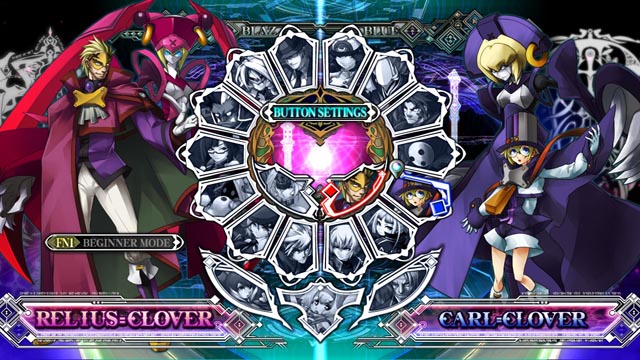 |
| Look at the size of Carl's zipper! |
But one thing the characters have that Guilty Gear doesn’t
have are English voices. Blazblue is a
big collection of all the who’s who in anime and game voice acting, and every
actor was practically typecasted into their role. AKSYS must have one hell of a voice director
because all of them give their best performances that never falter, even with
all the mounds of diverse dialogue they have to act. Jamieson Price was practically born to play
smart guys like Tager, Cindy Robinson was practically born to play cute animal
girls, and Julie Ann Taylor was practically born to play older, wiser women.
But the best performances come from Patrick Seitz as Ragna
and the aforementioned Doug Erholz as Hazama.
Seitz can change his expressions and tone on a dime with perfect comedic
timing and sarcasm, while Erholz can do much the same in a more evil, taunting
way.
But as fun as the characters are, they’re somewhat hindered
by the plot. As you may have noticed,
Blazblue is complicated. Really complicated. So complicated I wrote 18 pages explaining
it, and that’s not even everything. I’ve
heard it was originally conceived as a JRPG, and it wouldn’t surprise me if
that were the truth, considering all the world building it does. The story mode of the console versions has
more plot and dialogue than it does fighting.
There’s nothing wrong with that if the writing is effective,
of course, and it is. Even if the
fighting is downplayed a little, I’m always up for an epic shonen romp full of hammy dialogue, and because it gives more time to establish the
story, the characters are very well-rounded and the series is filled with all
manner of heartstring-tugging. The issues all come back to the dang plot again.
Look at all of the asterisks. This is a series that obsesses on being vague
and cryptic, and the games themselves really don’t explain the cosmology of its
world. The way the world’s civilization
works is easy enough to figure out if you watch the bonus material on the disc
(more on that later), but once you bring the boundary and time travel into a
narrative, things get really messy really fast.
It took me hours of research, playing the games at least
three times over, and practically taking notes to make a lick of sense about
what goes on in Blazblue’s story. Remember when our plots simply had us beat up bad guys at fighting tournaments? Those were the days.
 |
| What in the holy hell does that mean?! |
I must admit though, once you wrap your head around the concept
behind the time looping and observers in the first game, and the Continuum
Shift in the second, it’s a lot easier to comprehend what is actually happening
and the story is much more enjoyable for it.
It’s a shame the time loops and Takamagahara are only vaguely hinted at
in the first game and Continuum Shift has to go back to explain stuff the first
game didn’t make clear. I’m really
excited to see what happens in Chronophantasma if I ever get a PS3.
You might almost forget that Blazblue is even a game rather
than a visual novel, but rest assured, beneath all the story it piles on, the
fighting is still the core of the experience.
See part 3 here.
See part 3 here.
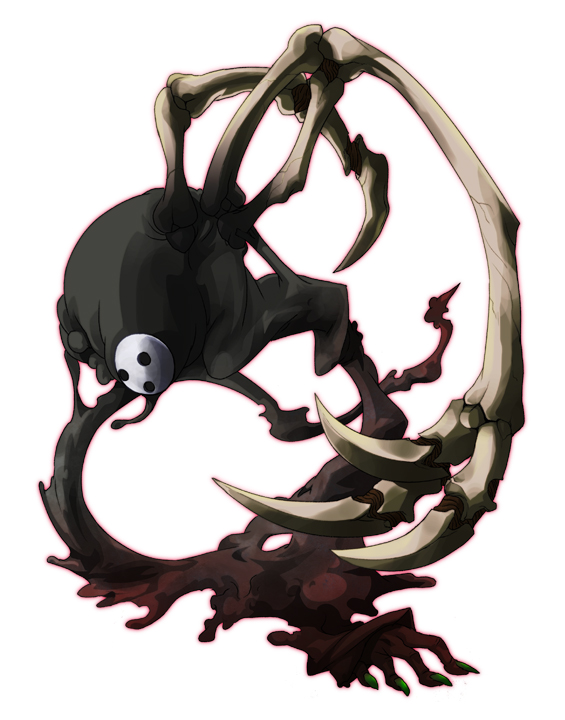
.png)
.png)
.png)

.png)
.png)
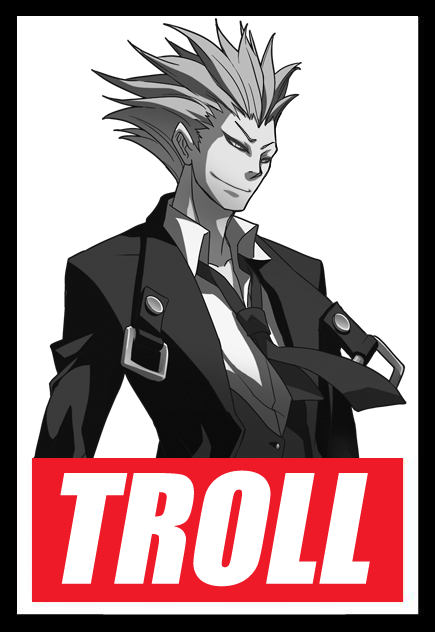
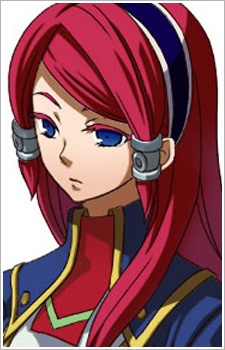

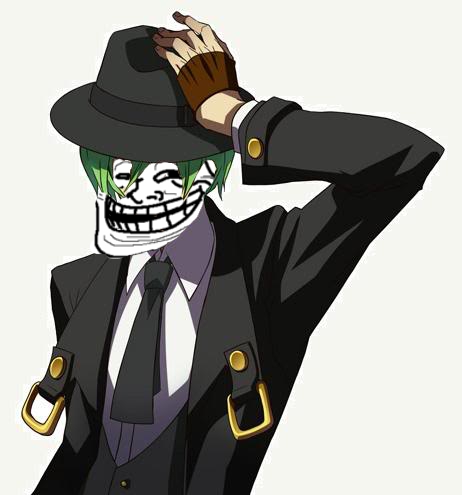
.png)
.png)
.png)
.png)

.png)
.png)
.png)
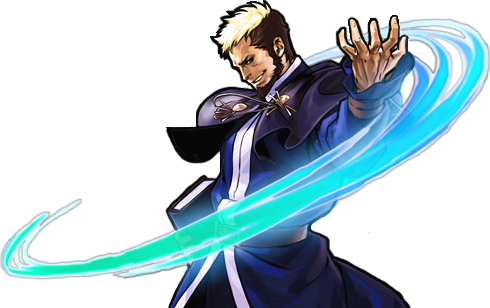
No comments:
Post a Comment